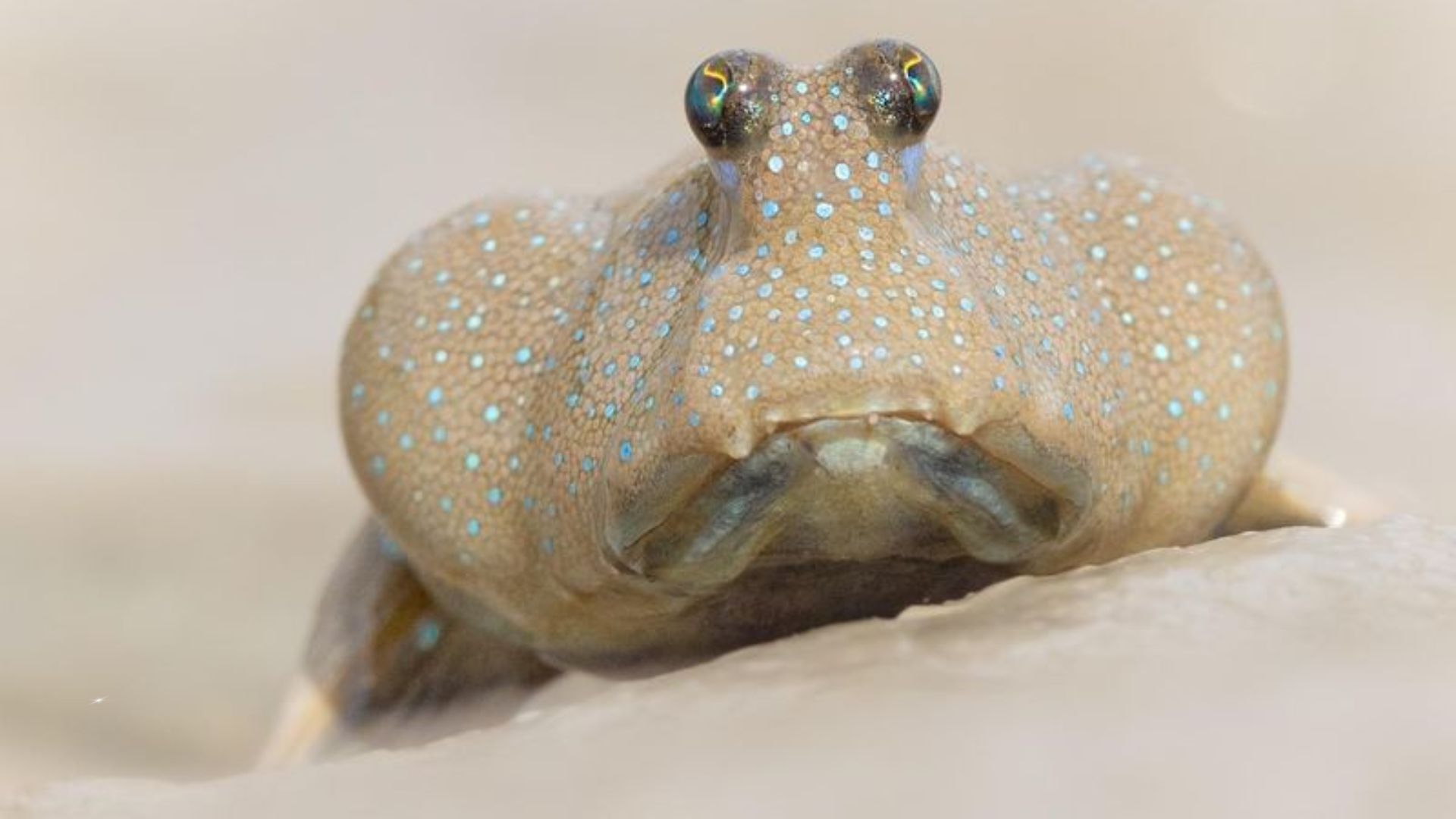In the vast and mysterious world of the ocean, there are countless fish species that have adapted to survive in conditions that would seem impossible to us.
From the icy waters of the Arctic to the pitch-black depths of the ocean floor, these fish have evolved unique traits and behaviors that allow them to thrive.
Here, we explore strange fish species that have mastered survival in the harshest environments on Earth. Prepare to dive into a captivating exploration of resilience and adaptation in the aquatic realm.
1. Antarctic Icefish
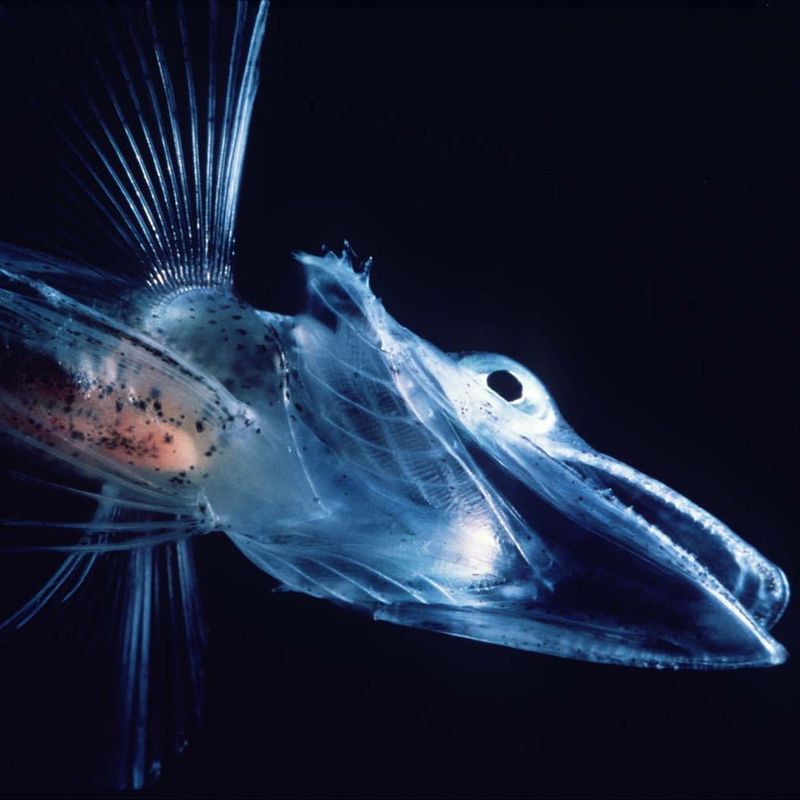
The Antarctic Icefish is a fascinating creature adapted to thrive in the frigid waters of the Southern Ocean
This unique fish has a clear, almost transparent appearance, lacking the red blood cells found in most vertebrates.
This adaptation allows it to survive in temperatures where most fish would freeze. One of the most interesting features of the Icefish is its antifreeze glycoproteins, a natural substance that prevents its blood from freezing in sub-zero conditions.
This adaptation allows it to inhabit waters that can be as cold as -2°C (28°F).
Living in such an extreme environment, the Icefish has adapted to a slow metabolism and a diet that includes krill and small fish. Its transparency and unique blood composition are perfect examples of nature’s ingenuity in adapting to harsh climates.
2. Anglerfish
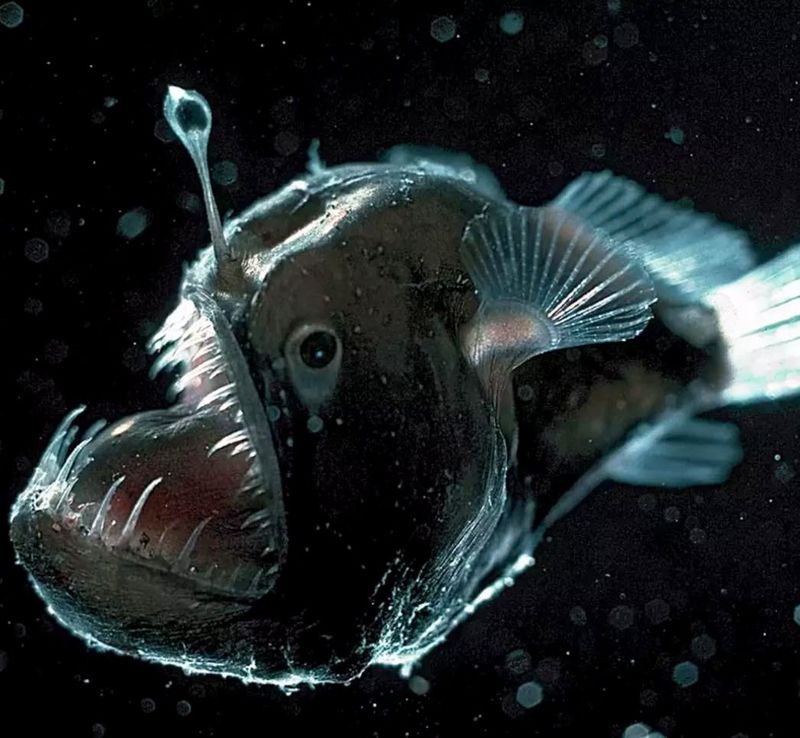
Among the most bizarre inhabitants of the deep sea, the Anglerfish thrives in the dark, cold depths of the ocean. Known for its distinctive bioluminescent lure, this fish uses its glowing appendage to lure prey within striking distance in the pitch-black surroundings.
The Anglerfish has adapted to extremely high pressures and low temperatures, with a mouth that can open wide enough to swallow prey larger than itself. Its sharp, fang-like teeth are perfectly suited to its predatory lifestyle.
Despite its fearsome appearance, the Anglerfish is a master of camouflage, blending seamlessly with the dark environment. This fish’s unique adaptations illustrate the extraordinary capabilities of deep-sea life.
3. Fangtooth Fish
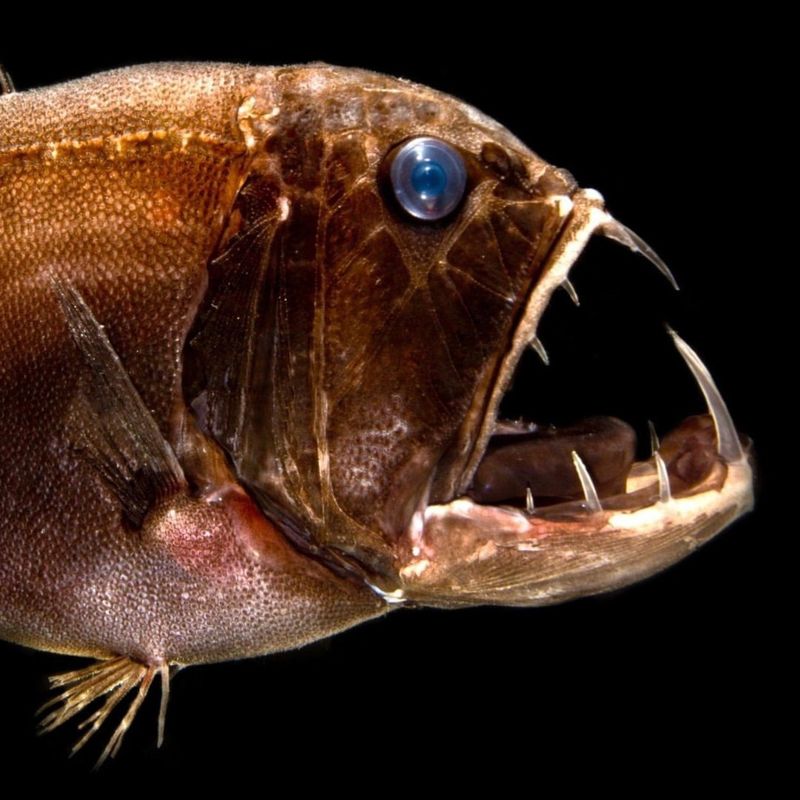
The Fangtooth Fish looks like something out of a nightmare, with huge, sharp teeth and an intimidating appearance. Found in the deep ocean, this fish has adapted to survive the crushing pressures and near-freezing temperatures that define its habitat.
Despite its fearsome look, the Fangtooth is relatively small, rarely exceeding six inches in length. Its oversized teeth are the largest, proportionally, of any fish in the ocean.
This fish relies on its keen sense of smell and lateral line system to detect prey in the dark, murky depths. The Fangtooth Fish exemplifies the extreme adaptations necessary for survival in one of the most inhospitable environments on the planet.
4. Mudskipper
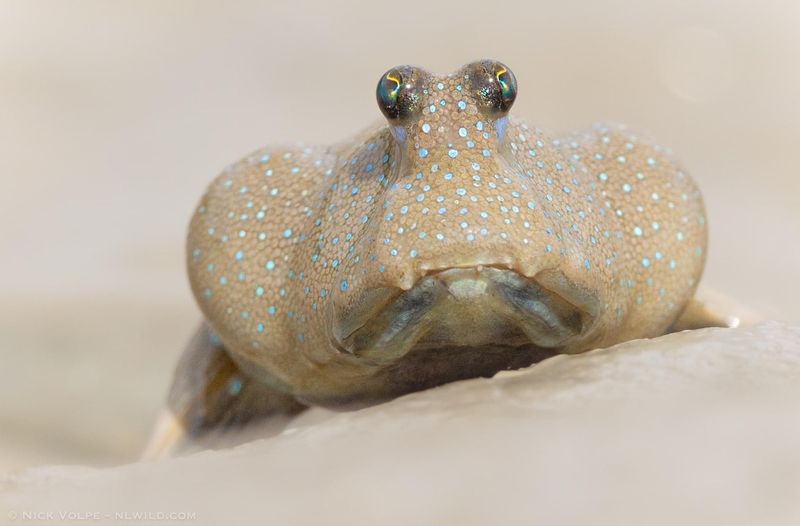
The Mudskipper is a remarkable fish known for its amphibious lifestyle, often found in mangrove swamps and mudflats. This fish has adapted to live both in water and on land, using its pectoral fins to “walk” across surfaces and even climb.
Mudskippers have developed unique respiratory systems, allowing them to breathe through their skin and the lining of their mouth and throat. This adaptation enables them to survive out of water for extended periods.
They have protruding eyes that provide a wide field of view, crucial for spotting predators and prey. The Mudskipper’s ability to thrive in both aquatic and terrestrial environments makes it a fascinating example of evolutionary versatility.
5. Bristlemouth Fish
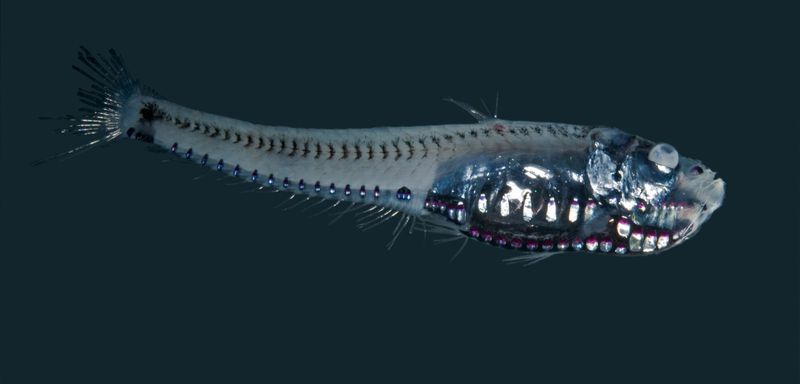
The Bristlemouth Fish is an unassuming yet incredibly abundant species found in the deep ocean. Despite its small size, often just a few inches long, it plays a crucial role in the ocean’s food chain, thriving in conditions where few others can.
This fish is equipped with bioluminescent organs that allow it to blend with the faint light filtering through the ocean depths, a crucial adaptation for avoiding predators.
The Bristlemouth Fish is known for its wide mouth bristled with sharp teeth, helping it catch a variety of prey. This remarkable fish is a testament to the diversity and adaptability of life in the deep sea.
6. Blind Cavefish
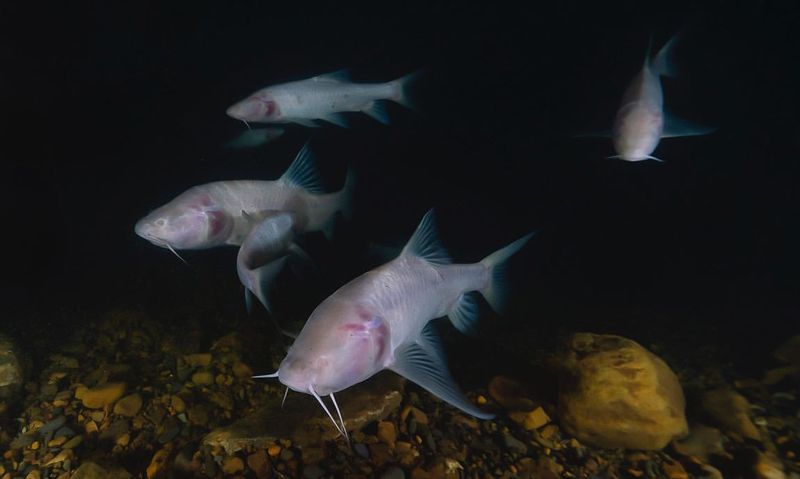
The Blind Cavefish is an extraordinary example of adaptation to life in complete darkness, found in subterranean cave systems. Over generations, this fish has evolved to lose its eyesight, relying instead on heightened senses to navigate its environment.
In the absence of light, the Blind Cavefish has developed an acute sense of touch and smell, using its lateral line system to detect vibrations in the water.
This fish’s lack of pigmentation and eyes is a remarkable adaptation to its dark habitat, demonstrating the power of evolution to tailor organisms to their environments. The Blind Cavefish’s story is one of adaptation and survival in isolation.
7. Stonefish

The Stonefish is one of the most venomous fish in the world, found in the coastal regions of the Indo-Pacific. Its ability to camouflage perfectly with the rocky ocean floor makes it a master of disguise, lying in wait for unsuspecting prey.
Stonefish possess venomous spines along their dorsal fins, capable of delivering a potent sting that can be lethal to humans. This defense mechanism deters predators and illustrates the harsh realities of survival in the ocean.
Despite its fearsome reputation, the Stonefish plays a vital role in the ecosystem, controlling populations of smaller fish. Its adaptability and lethal defenses make it an extraordinary example of marine evolution.
8. Coelacanth
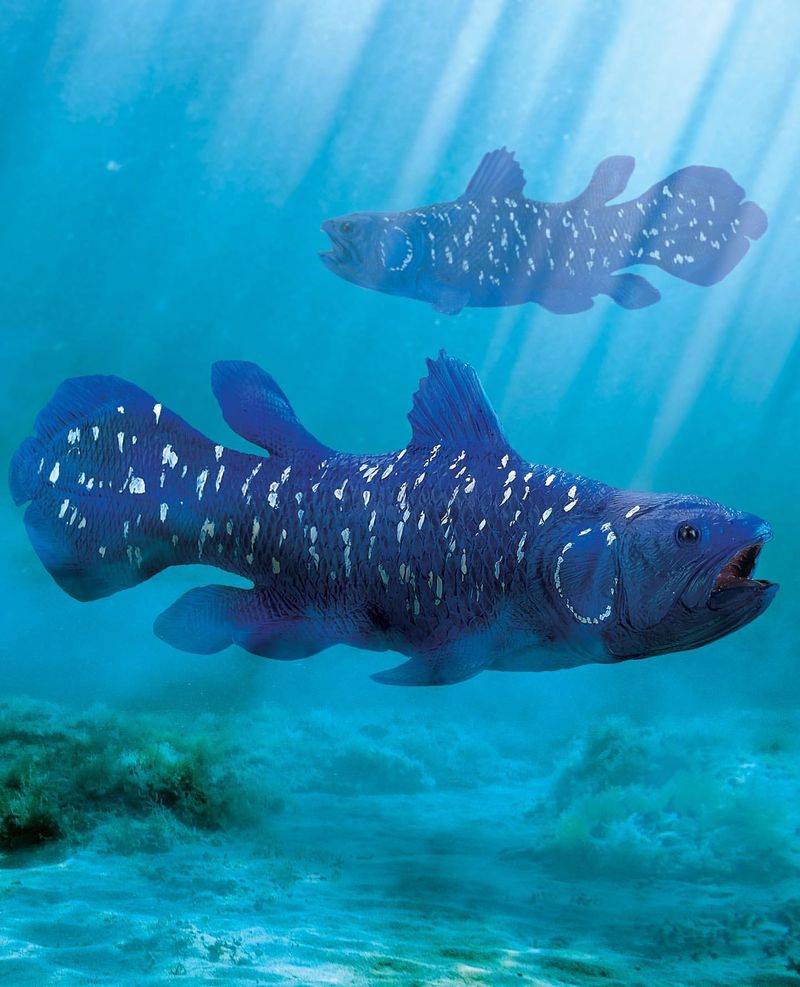
The Coelacanth is a living fossil, once thought to be extinct, found in the deep waters off the coasts of Africa and Indonesia. This ancient fish has a unique appearance, with lobed fins and a hinged jaw, reminiscent of its prehistoric ancestors.
One of the most fascinating aspects of the Coelacanth is its ability to survive in the deep ocean, far from sunlight. Its unique physiology allows it to thrive in low-oxygen environments.
The discovery of live Coelacanths in the 20th century was a monumental moment for scientists, offering a glimpse into the past and the enduring resilience of life. The Coelacanth remains a symbol of evolutionary endurance and adaptation.
9. Gulper Eel
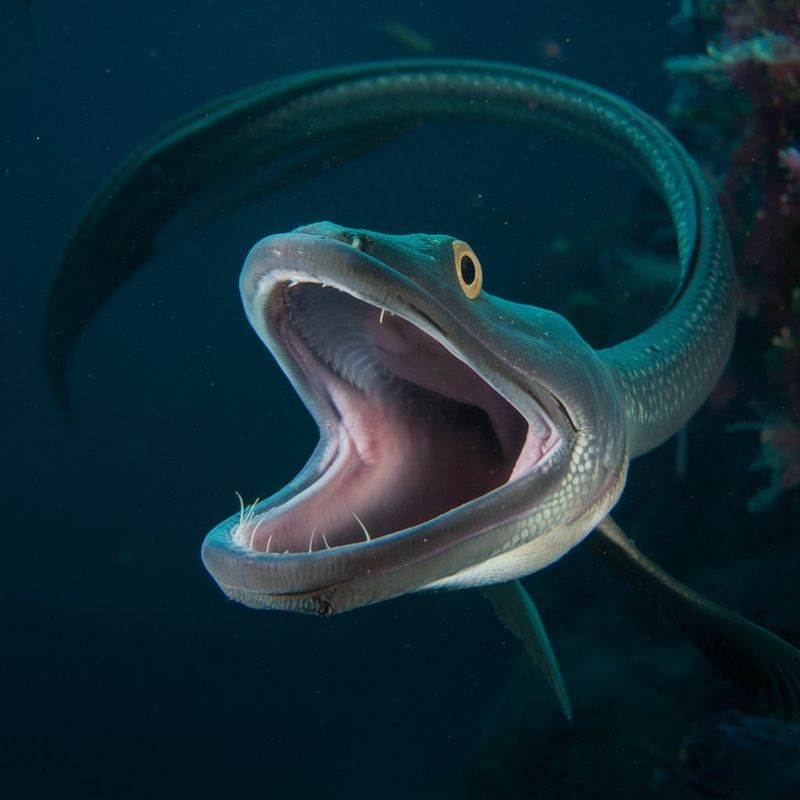
The Gulper Eel is a bizarre deep-sea creature, known for its enormous mouth and long, serpentine body
Found in the abyssal depths, this eel has adapted to survive in the harshest conditions of the deep ocean.
Its oversized mouth can expand to swallow prey much larger in size, a necessary adaptation for the scarce food availability in its environment. The Gulper Eel’s bioluminescent tail is thought to lure prey in the darkness.
Despite its alien appearance, the Gulper Eel is an integral part of the deep-sea ecosystem, illustrating the incredible diversity of life in the ocean’s most extreme habitats. Its unique adaptations showcase nature’s versatility in survival.
10. Blobfish
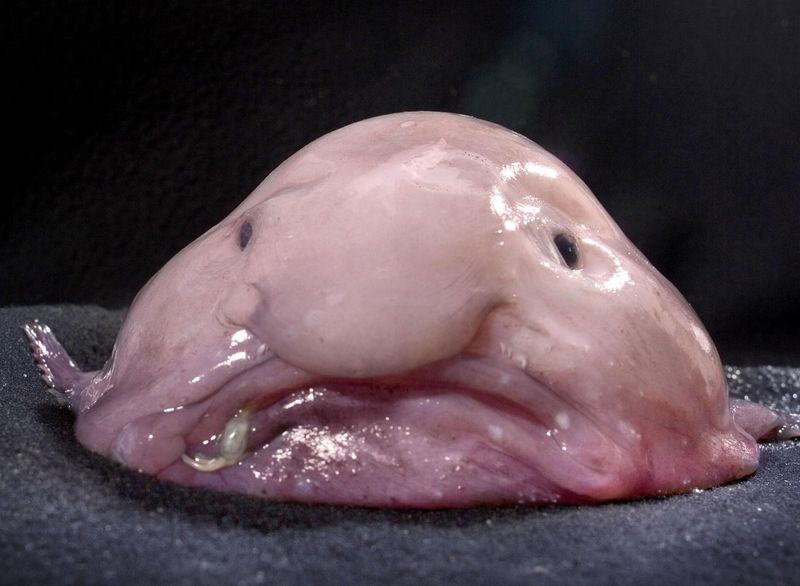
The Blobfish is often cited as one of the ugliest fish, inhabiting the deep waters off the coasts of Australia and New Zealand.
Its gelatinous body is perfectly adapted to the high-pressure environment of the deep sea, where swim bladders would be ineffective.
Unlike most fish, the Blobfish has a density slightly less than water, allowing it to float above the ocean floor without expending energy. This adaptation is crucial for survival in an environment with scarce food resources.
The Blobfish’s unique appearance is a result of its adaptation to extreme pressure, demonstrating the diverse strategies of life in harsh conditions. Its story is one of survival against the odds.

